Nearly sixteen million people are affected by the devastating consequences of the typhoon.
On Thursday, December 16, 2021, the Philippines was hit by typhoon Rai -also known as Odette, according to the Philippine Atmospheric, Geophysical and Astronomical Services Administration-, smashing, specially, the central and southeastern areas of the Philippines' archipelago.
There are currently four hundred people dead and about eighty more missing. This natural disaster has forced the evacuation of more than three hundred thousand people. Material damage is numerous, from populations, communications infrastructure, housing and property, to agricultural fields, to water and energy supplies. The population has been severely affected.
This catastrophe affects a population that, according to Action Against Hunger, has a high rate of malnutrition and an extremely complicated situation for Covid-19. In addition, it is a country suffering from severe natural disasters: this is the fifteenth typhoon to hit the Philippines in 2021. Typhoon Rai has caused floods and landslides. In the town of Bohol, for example, the water level caused by the floods reached the height of the rooftops.
Humanitarian aid organizations have already begun to launch fundraising and aid campaigns, and expeditions have already been launched in the several affected areas of the country to provide all the necessary emergency care.
Oxfam Intermón
Oxfam Intermón, the spanish NGO of Oxfam International has launched a donation campaign through its website, with the aim of raising funds to deliver to the Philippine population. They were already handing out financial aid before the typhoon hit the Philippines to try to get the population ready. But they continue to raise funds for their emergency fund to keep moving forward.
According to them, their objectives are to guarantee the supply of drinking water, to provide food to the people affected and to ensure compliance with hygiene, protection and sanitation actions.
Action against Hunger
The Action Against Hunger Foundation has an active fundraising campaign on its website. They explain that their humanitarian emergency teams were the first to arrive in the Caraga area, one of the most affected in the country with more than one hundred thousand families in an emergency.
They claim that their main goal is to save as many people as possible. The actions they are carrying out are: the distribution of hygiene kits, access to water and food for the affected people and care for the homeless population.
UNICEF
The United Nations Children's Fund has already set up its humanitarian aid teams. From their offices in the city of Cotabato, on the island of Mindanao in the Philippines, they have already sent a batch of supplies to the affected islands of Dinagat, Siargao, Surigao City and North Surigao.
In this first batch, they sent personal hygiene and care kits with items such as buckets of water, soap, toothpaste and compresses; water purification tablets; water disinfectant bottles for household use; two bulk drinking water tanks; tents for hospitals and rural health units; and emergency latrines.
The donations section for its emergency fund can be found on its website.
Red Cross
The Red Cross has also mobilized teams to provide humanitarian and emergency assistance to the hardest-hit areas of the Philippines, with more than 4,000 volunteers already supporting evacuation, search for missing people, rescue, cleaning of ruins, psychosocial help, health and distribution of hot meals. In addition to human resources, they have also sent generators and mechanical shovels to the cities of North Surigao and Bohol.
The International Federation of Red Cross and Red Crescent Societies has launched a campaign to raise more than nineteen million euros in order to help and assist the more than two million people affected by Typhoon Rai. The Spanish Red Cross has already sent twenty thousand euros in aid.
Save The Children
The hardest hit areas in the Philippines are also receiving help from Save The Children, which aims to help more than eighty thousand people, and the most affected children, with personal hygiene kits, food and supplies to build temporary shelters.
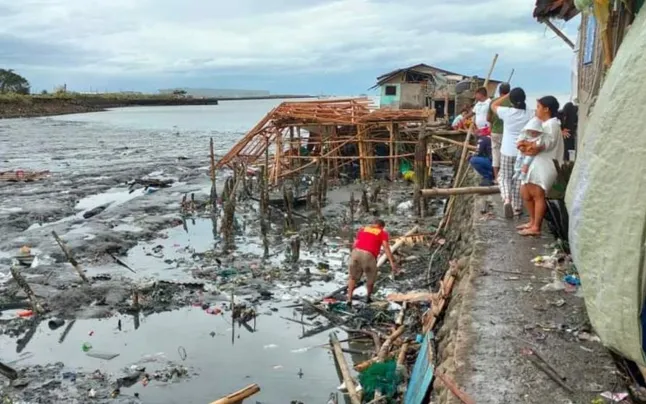
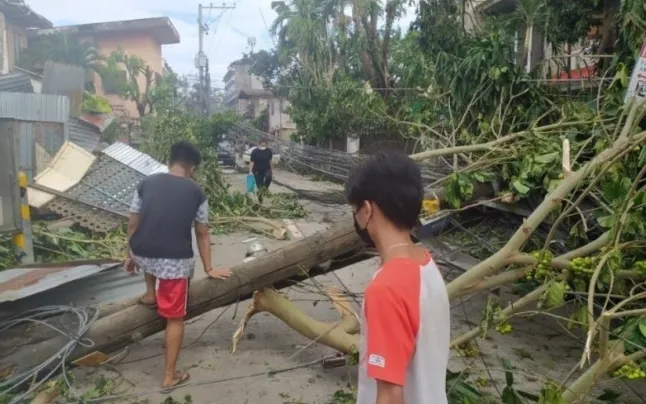
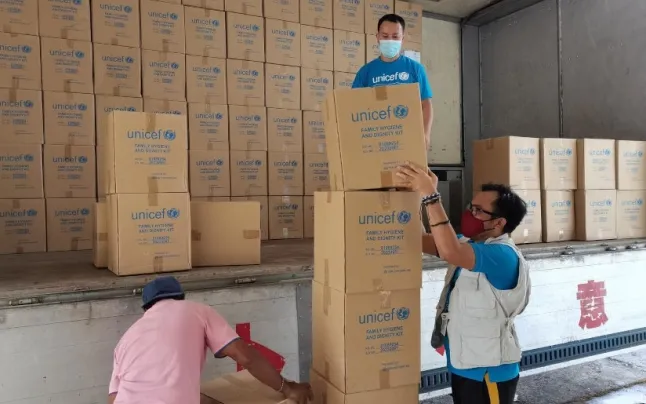


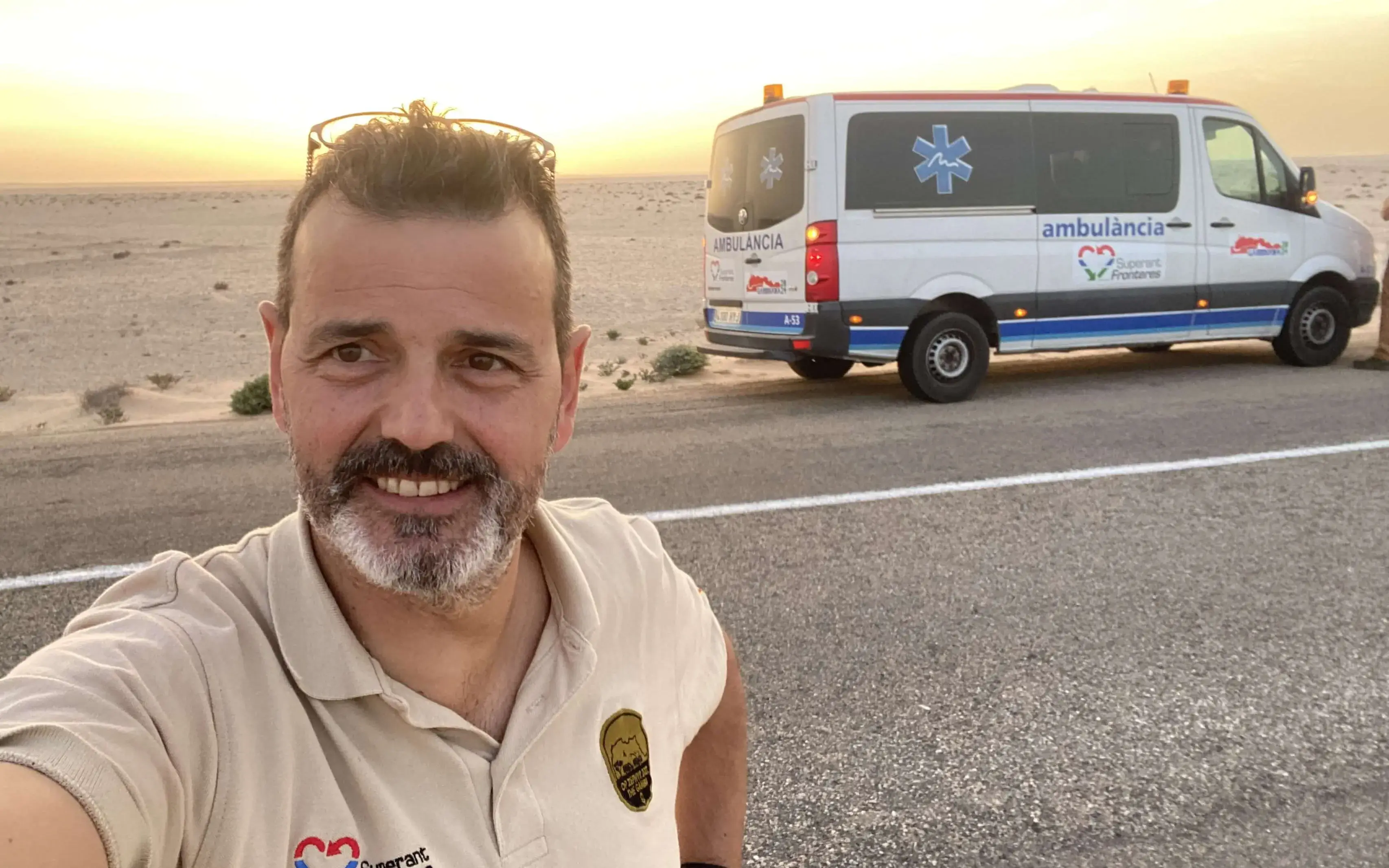
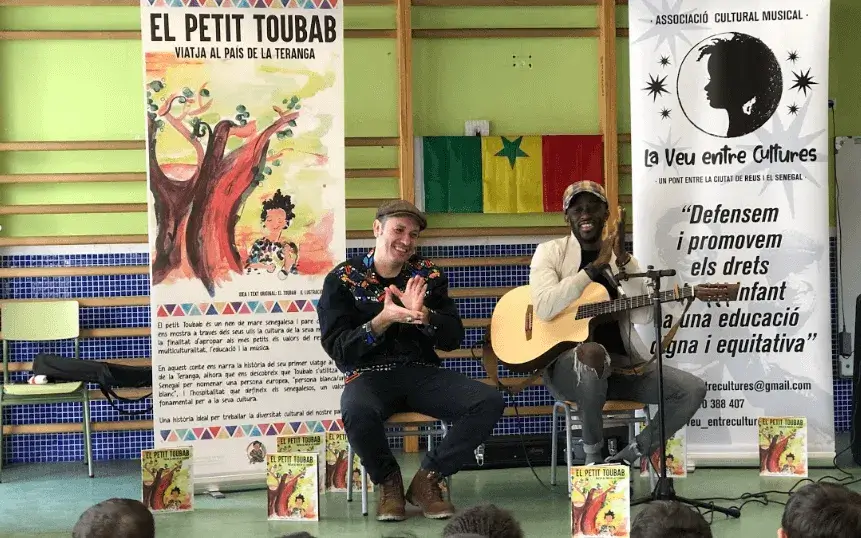
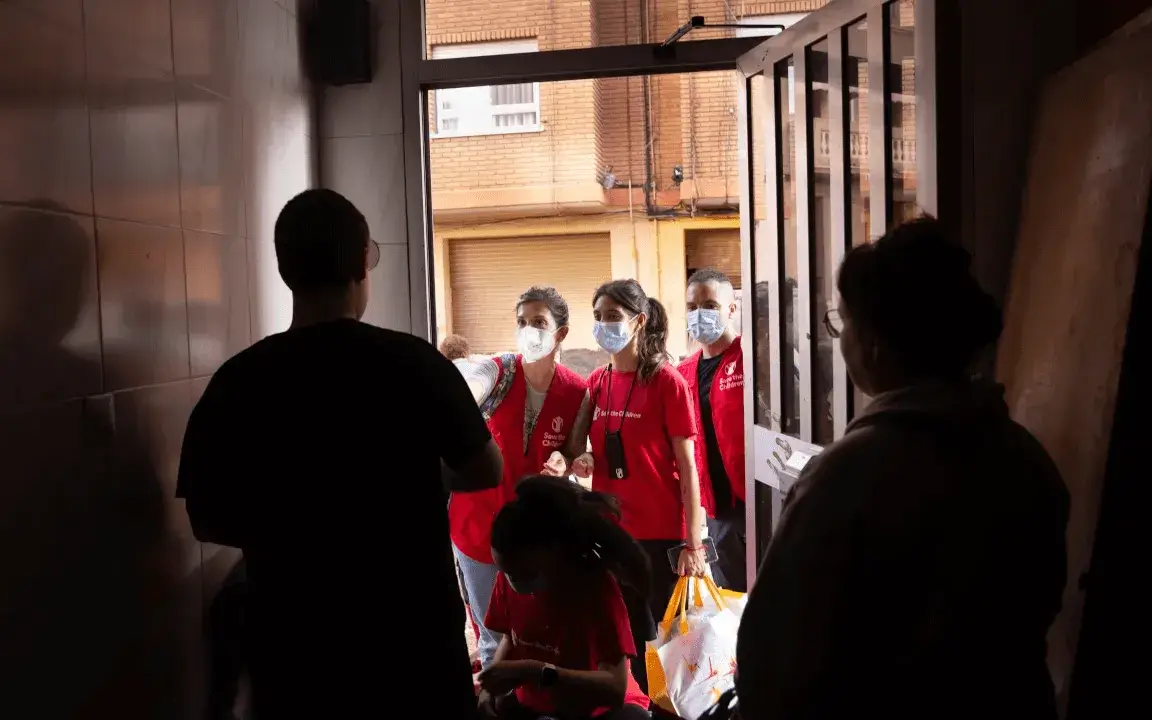
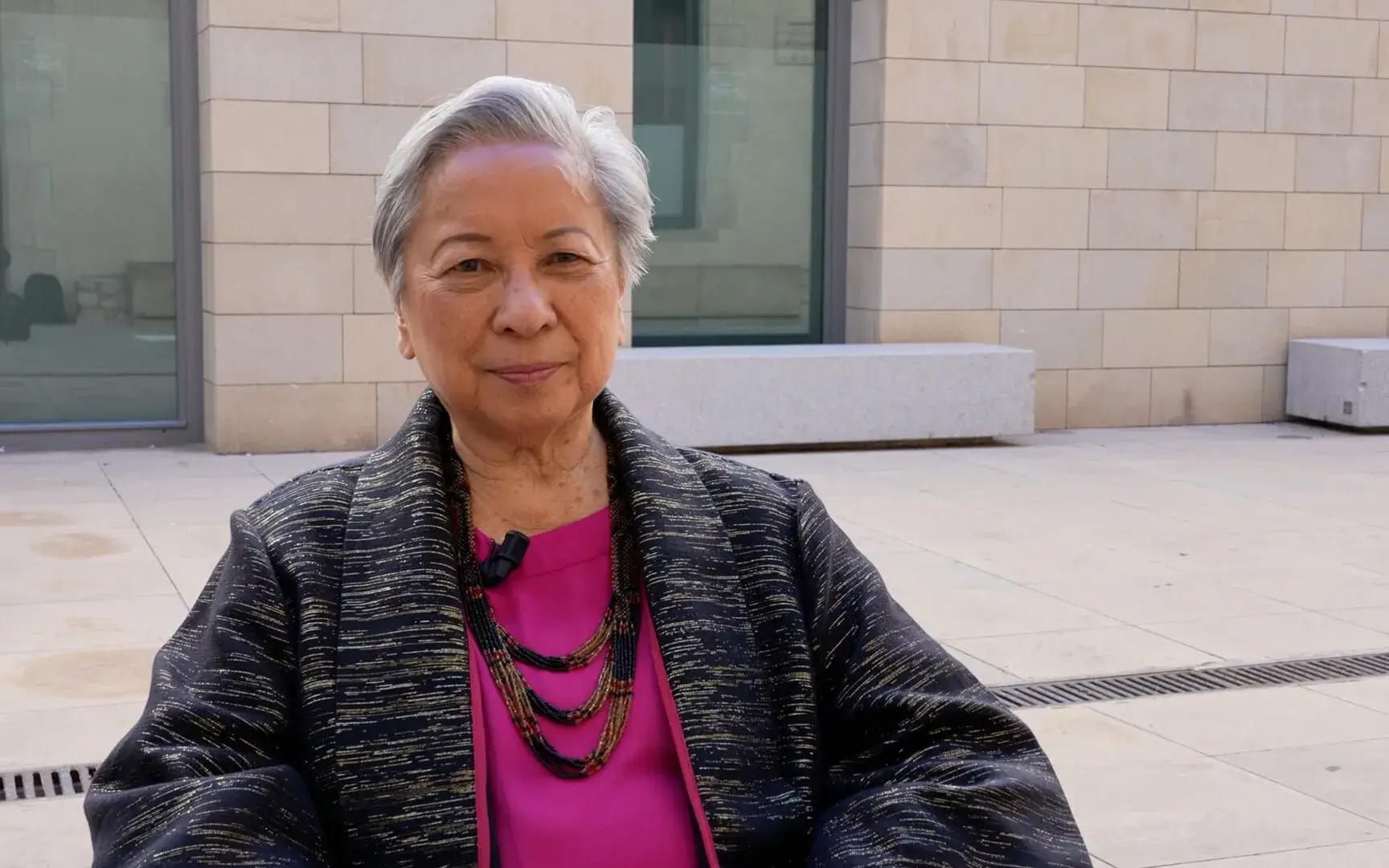
Add new comment